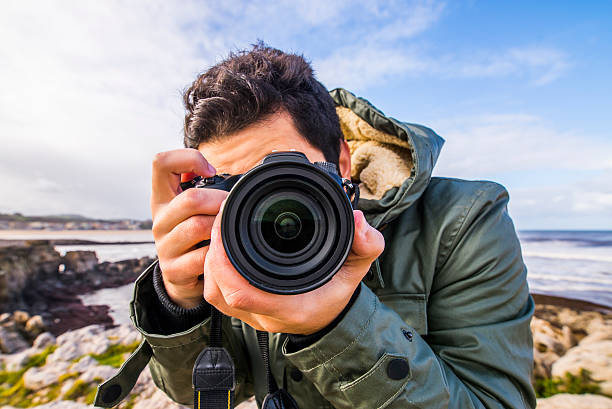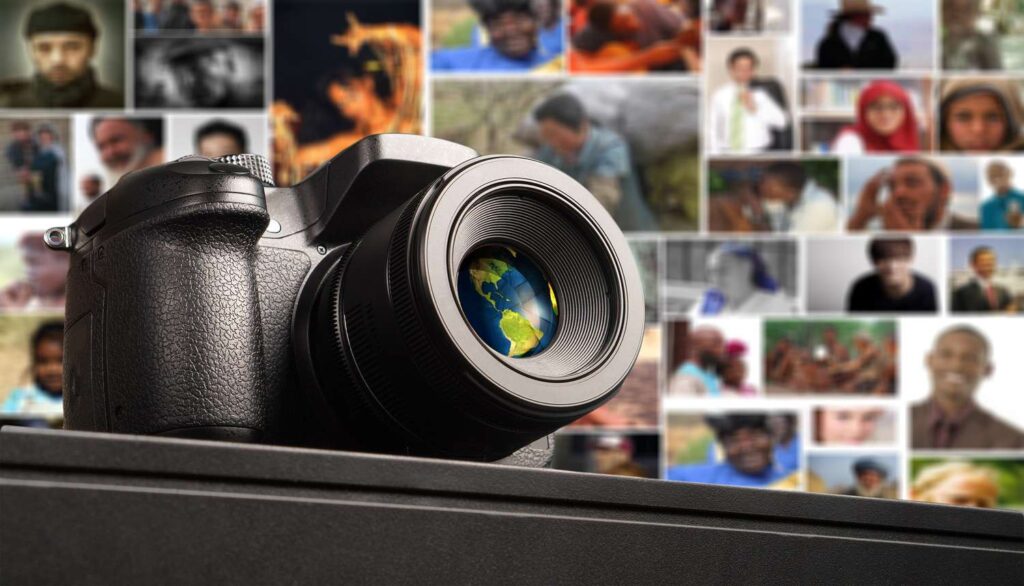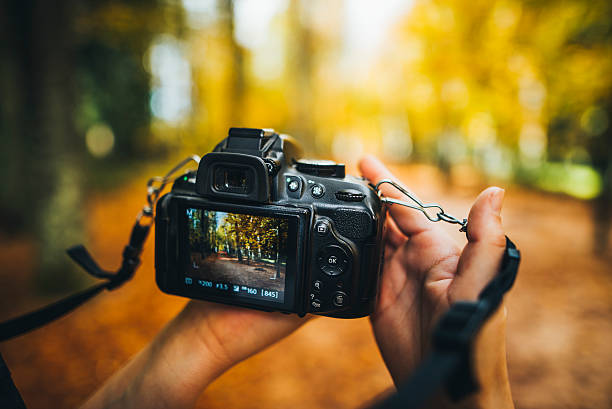Distance Converter
Nowadays, digital cameras have become very popular. However, there are still a large number of people who are confused between different types of cameras. What is a digital camera? In this article, Acameramen will learn all the information surrounding this device so that you can choose the right camera for your needs.
What Is A Digital Camera?

What is a Digital Camera? A Digital Camera is a piece of hardware that takes pictures and saves them as digital files to a memory card. Digital photography is used to record photographs, not films. Once a photo is taken, it can be printed, downloaded to a computer, and edited with a graphics application.
Digital photos are limited by the amount of memory in the camera, the optical resolution of the digitizer, and the resolution of the final output device, as opposed to film images, which have a near-infinite resolution.
The red, green, and blue intensities are captured in color images taken by digital cameras. They are stored on the CCD or CMOS image sensor chip as a variable charge. Once converted to digital form, these charges are then stored on flash memory chips on a memory card, such as an SD card.
What Is A Digital Camera? Advantages

Digital cameras provide a quick and affordable means of capturing images without developing film. Unlike a roll of film which normally holds 24 images, a memory card depending on its capacity can hold thousands of pictures. Thus, a photographer is free to take an unlimited number of photos.
The LCD monitor that comes with most digital cameras allows photographers to see a live preview of the image, making it simpler to capture the desired image. Since unwanted photos are taken digitally instead of on film, it’s very simple to remove them from the camera itself.
What Is A Digital Camera? Features

What is a digital camera? With so many options to consider, finding the ideal digital camera can be intimidating. The following features are common in cameras:
Digital zoom
When using digital zoom, the camera magnifies the area of the image in the center of the frame and removes the outer edges of the image. Similar to cropping and enlarging a photo in a graphics application, it works. Because the photo is just enlarged without any additional details or pixel resolution, this type of zoom will reduce the quality and resolution of the image.
Aperture
The function of an aperture is to regulate the amount of light that passes through an opening. The size of the opening in the lens that can be altered to regulate the amount of light reaching the film or digital sensor is defined by the unit of measurement known as the aperture in digital photography. In F-stops, the aperture’s size is expressed.
Memory
Digital camera internal memory refers to the number of photos and/or videos that can be stored there before having to be transferred to a computer. To store more photos than internal memory allows, many digital cameras have removable memory options.
Optical zoom
An aspect of zoom is optical zoom. You can use it to enlarge (or reduce) the subject’s size in the LCD or viewfinder. This makes it possible to see the topic up close before shooting the picture. Prior to the images reaching the imaging sensor, optical zoom alters the magnification of the images with the actual optical glass. Digital zoom cannot produce photos with the same quality as optical zoom.
Autofocus (AF)
The topic in the middle of the LCD or viewfinder is automatically focused via autofocus. Digital cameras offer autofocus as a standard feature, and more expensive versions will allow you to choose the autofocus area rather than the LCD or viewfinder center.
Megapixels
One million pixels make up one megapixel. This phrase is used to describe the resolution of a digital camera. When looking at a camera, the number of megapixels corresponds to the total number of pixels that can be used to take a picture. For example, a 2-megapixel camera can produce an image with 2 million pixels. Optical zoom has no effect on the number of pixels your camera can use. Regardless of whether you use 2x or 3x optical zoom, a 3-megapixel digital camera will only record images with 3 million pixels.
The larger and better quality prints you can make with your camera depend on how many megapixels the camera can record. For example, a 2-megapixel camera can print 46 or 57 photos. A 3-megapixel camera is more appropriate if you’re interested in producing larger prints, such as 8 x 10.
Removable storage media
More photographs can be stored on removable storage than on the internal memory of a digital camera. There are various detachable storage media alternatives available for different cameras. Photographers could insert a floppy disk to store extra files in many older digital cameras. Nowadays, cameras come with a range of portable storage devices, including memory sticks, PC cards, Smart Media cards, and CompactFlash. Removable storage is typically simple to use and may be deleted and used again.
Image editing
The majority of digital cameras offer a wide range of image settings that enable photographers to alter color balance and exposure, get rid of red eye, and create borders. While these tools can be helpful, you can also accomplish these tasks after the photographs have been downloaded to your computer by using some simple graphics and photo-editing software.
